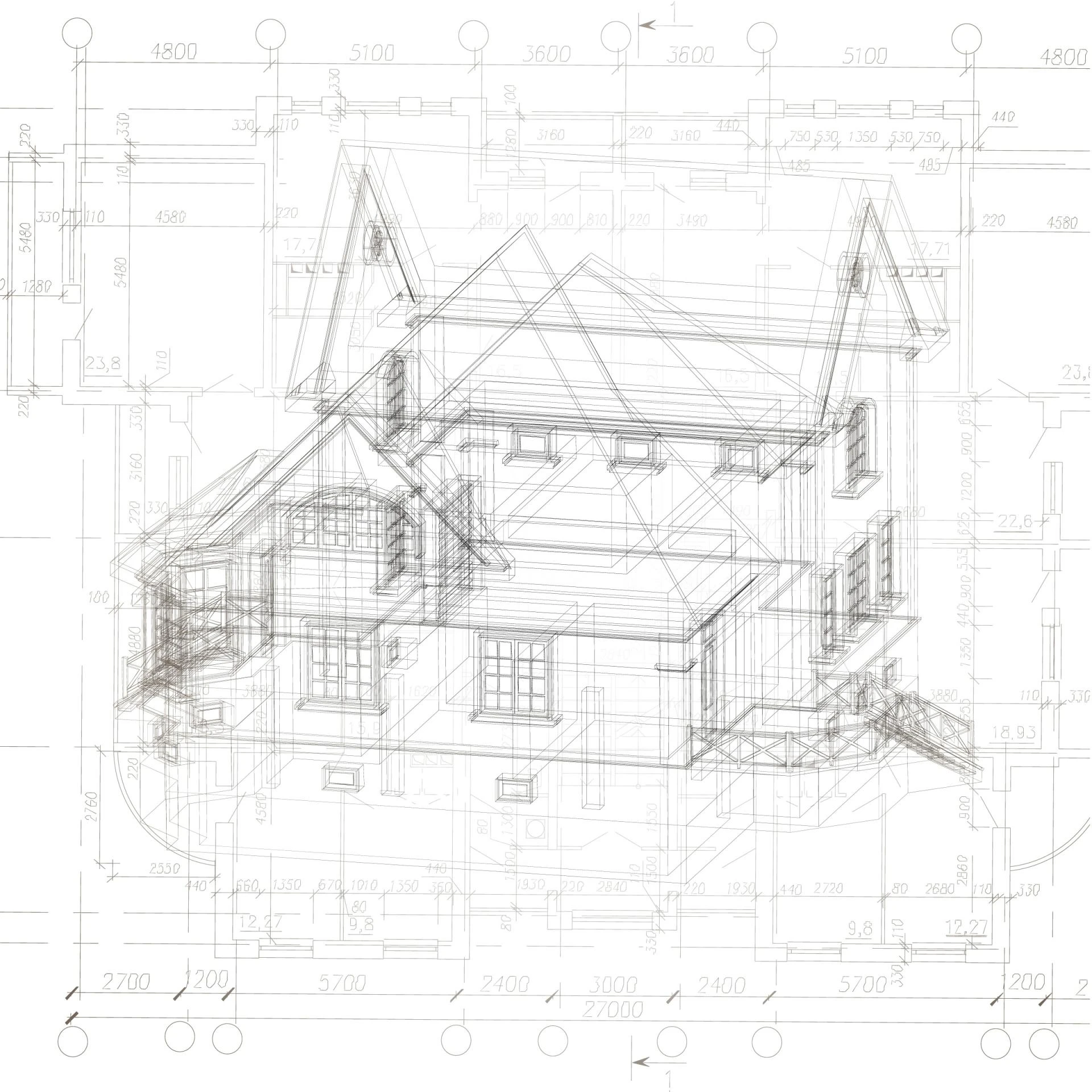You've just outsourced a complex architectural BIM model, and it's arrived. It looks great, but is it? While outsourcing can unlock immense value, it also introduces a critical question: how do you know the model is truly accurate and consistent? The truth is, hidden errors can lurk beneath a polished surface, jeopardizing everything from construction drawings to interdisciplinary coordination and even future facility operations. Auditing your outsourced model isn't just a step in the process; it's a non-negotiable safeguard for your digital asset.
Setting Up the Audit Framework
The first stage in auditing an outsourced Architectural BIM Model is defining the framework. Without a structured approach, the review can become subjective and incomplete. An audit framework usually includes objectives such as verifying geometry against design intent, confirming compliance with modeling standards, and checking whether the data embedded in the model supports project requirements.
It also determines the scope, whether the review will cover the entire model or focus on specific elements like façade details, interior layouts, or documentation readiness. A clear framework helps both the client and the Architectural BIM Services provider understand the purpose of the audit and the expected outcomes.
File Organization and Model Structure
The way a model is structured tells a lot about the discipline of the team that created it. A properly organized Architectural BIM file makes coordination easier, reduces errors, and supports smooth handovers. During an audit, one of the first aspects to review is whether the project levels, grids, and reference planes match the approved design.
Equally important is the consistency of naming conventions for families, sheets, and views. A well-structured model avoids confusion when multiple stakeholders interact with it. In addition, file health matters, unnecessary elements, unused families, or oversized components can slow down performance and complicate collaboration. A model that is cleanly organized provides confidence that it is ready for integration into broader Building Information Modelling Services workflows.
Checking Geometric Accuracy

Geometry isn't just a part of the architectural model; it's the very blueprint for construction. Any oversight here is a direct threat to a project's quality and timeline. An audit isn't about ensuring the model "looks right", it's about verifying that every single dimension and alignment is a precise, trustworthy guide for the build.
It's also essential to verify the vertical accuracy. Are floor levels and ceiling heights exactly what the approved design dictates? Are the placements of every door and window precisely where they need to be to ensure proper space planning and functionality? Even minor deviations can cascade into major coordination nightmares for the structural and MEP teams. Auditing geometry is therefore not a formality, it's the professional due diligence that safeguards the entire construction process.
Reviewing Information and Parameter Consistency
Unlike traditional CAD drawings, a BIM model carries information embedded within each element. That information is as important as geometry. An audit should therefore examine whether families contain accurate and complete data.
For example, wall types must carry correct material information, doors should include manufacturer or size parameters, and room objects should reflect the correct names and areas. If this data is inconsistent, schedules, cost estimates, and procurement plans derived from the model will be unreliable.
Consistency in parameter naming is equally critical, especially when the model is shared across multiple disciplines. A model rich with reliable data transforms Architectural Design Services from being only visual into a robust digital asset.
Coordination with Other Disciplines
An architectural model never exists in isolation, it is constantly interacting with structural and MEP models. A key part of the audit is therefore testing how well the outsourced model integrates with other disciplines. Walls must align with structural grids, slabs should not conflict with beam placements, and architectural rooms should correspond with mechanical zones.
Hard and soft clashes need to be identified and addressed, not only through automated tools but also through a logical review of how spaces are being used. Successful coordination reflects the ability of Architectural BIM Services to support larger project goals rather than stand alone as a design document.
Compliance with Standards and Project Requirements
Every project has its own standards, and professional auditing means checking whether the outsourced Architectural BIM Services provider has followed them consistently. This may include industry standards like ISO 19650, national BIM mandates, or company-specific modeling guidelines.
Checking compliance ensures that the model can be used seamlessly across platforms, during construction documentation, or for facility management. It also reflects professionalism, as models that deviate from standards often create unnecessary obstacles in project delivery.
Documentation and Audit Reporting
The final stage of the audit is producing a clear and structured report. This report should highlight where the model meets expectations and where it falls short. More importantly, it should recommend corrective actions in practical terms that the outsourcing partner can follow.
A transparent audit report creates accountability and supports continuous improvement in the delivery of Architectural BIM Modeling Services. For project stakeholders, it provides a clear record that the model has been tested, validated, and is fit for purpose.



